Tomorrow, June 28, tens of millions of Iranian voters will go to the polls in a snap election to choose a new head of state after a helicopter crash killed President Ibrahim Raisi last month.
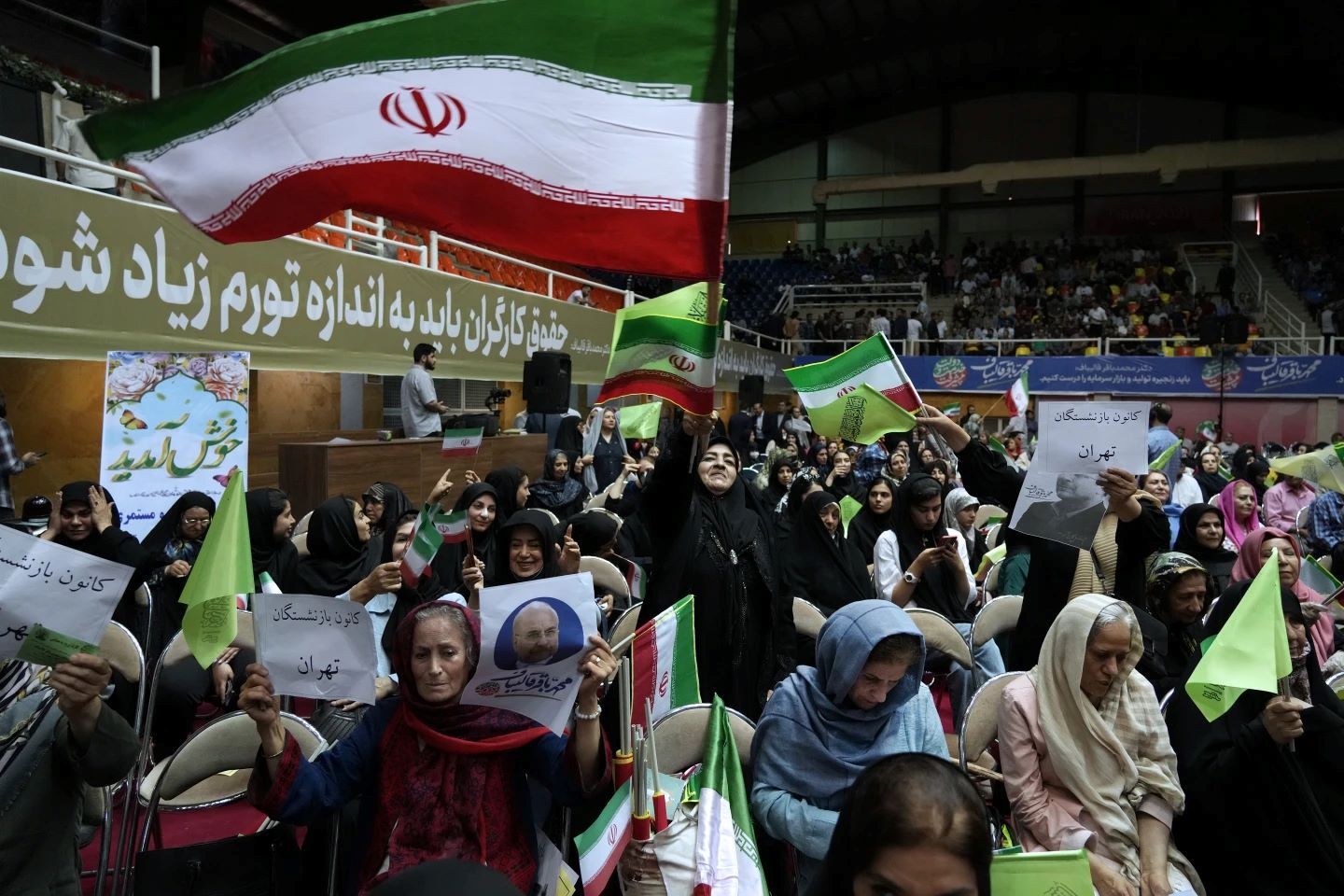 |
| Iranian people wave flags to show support for candidate Mohammad Bagher Qalibaf, Speaker of the Parliament and former Mayor of Tehran, on June 19 in Tehran. (Source: AP) |
Special attraction
Iran, one of the countries with the leading voice in the Islamic world and regional issues. Especially when the Middle East 'fire pot' is heating up due to conflicts along with the confrontation between Tehran and the US and the West continues to be deadlocked, making Iran's 14th presidential election the center of attention not only in the region but also globally.
The heat of the race was evident from the start with the number of candidates reaching 278. However, the Iranian Election Commission only accepted applications from 80 politicians to be included in the candidate list for the seat that was left vacant after President Raisi's death.
In Iran, the President is the second most powerful person after the Supreme Leader, elected by direct universal suffrage for a four-year term. According to the Iranian Constitution, the Constitutional Guardian Council exercises control over elections, including presidential elections. The Iranian Constitution also stipulates that any citizen between the ages of 40 and 75, who is a prominent political or religious figure with a "perfect record of piety and loyalty to the Islamic Republic", has an education and has experience in leadership positions, can run for the presidency.
And according to the Constitution, all Iranian citizens aged 18 and over have the right to vote, which means that more than 61 million of Iran's nearly 90 million citizens are eligible to vote. However, if no candidate receives 50% +1 of the votes, a second round will be held between the two candidates with the highest number of votes.
Race 6 pick 1
Of the 80 candidates whose applications were accepted by the Election Commission, on June 9, the Constitutional Protection Council, the body responsible for vetting the candidates, narrowed the list to just six candidates after screening. The "finalists" include: Speaker of the National Assembly, former Mayor of Tehran Mohammad Bagher Qalibaf; former Chairman of the Supreme National Security Council, former chief nuclear negotiator Saeed Jalili; Mayor of Tehran Alireza Zakani; Member of Parliament, former Minister of Health Masoud Pezeshkian; former Minister of Interior and Justice Mostafa Pourmohammadi and former First Deputy Speaker of the National Assembly Amir-Hossein Ghazizadeh Hashemi.
According to observers, these six most promising candidates represent different political trends, but in general, they all share a tough stance, ready to continue the policy of confronting the US and the West and increasing cooperation with countries that are not in the orbit of Washington and its allies. Among these six candidates, only one is considered to have a "reformist tendency", that is Mr. Masoud Pezeshkian, Member of Parliament, former Minister of Health.
Among these 6 candidates, according to political analysts who understand the situation in Iran, the final race may be between the current Speaker of the National Assembly, Qalibaf, 62 years old, and the former Chairman of the Supreme National Security Council and former Chief Nuclear Negotiator, Saeed Jalili, 58 years old, because these two figures are supported by the Supreme Leader, Ayatollah Ali Khamenei at different levels.
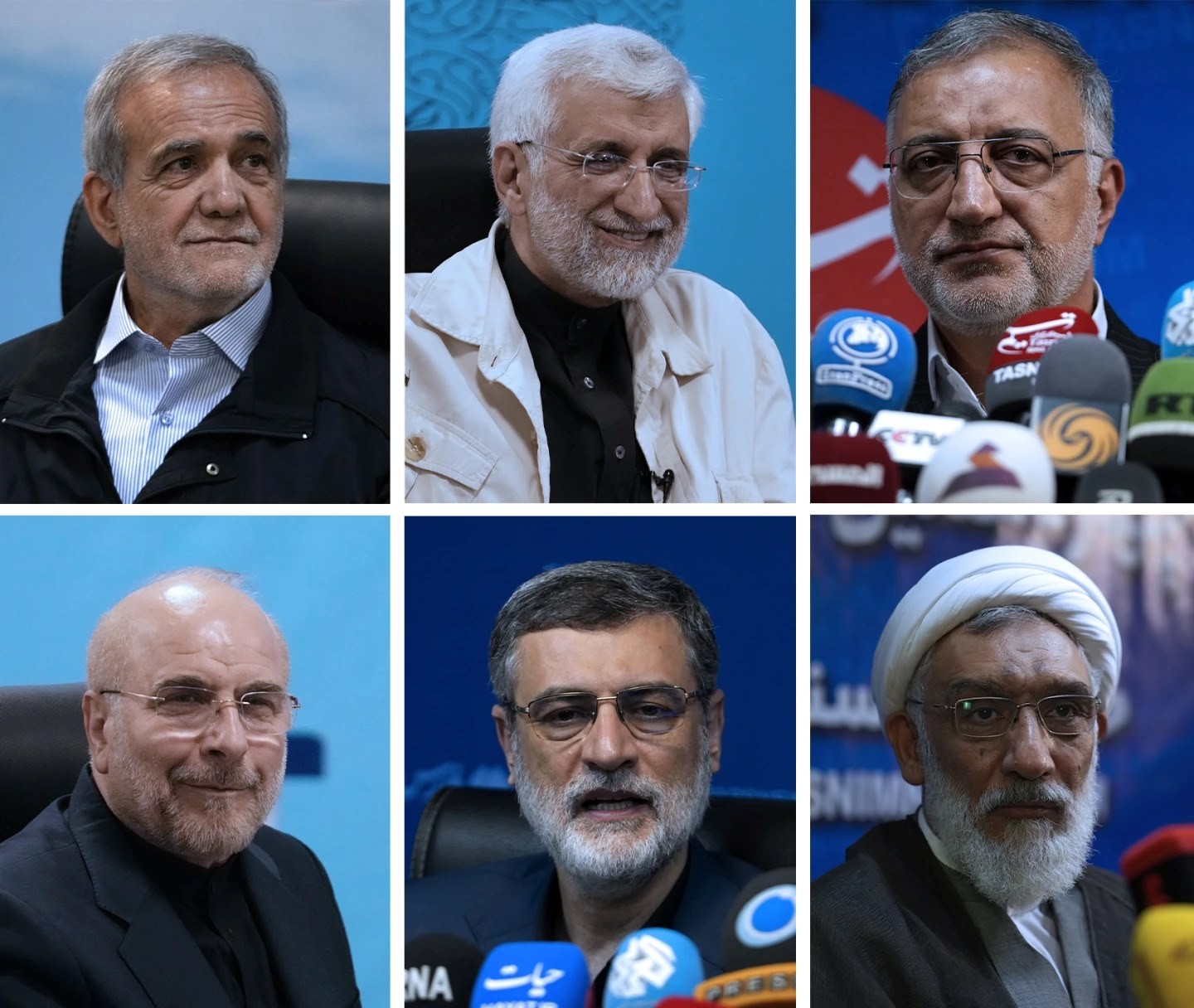 |
| Six candidates will enter Iran's 14th presidential election on June 28. (Source: AFP) |
However, Mr. Qalibaf is considered more moderate while Mr. Jalili is a hardliner, suitable in the current context of this Middle Eastern country. Mr. Qalibaf is a technocrat and has close ties with the Revolutionary Guards (IRGC) and Ayatollah Ali Khamenei. In addition, Mr. Qalibaf has run for President three times in 2005, 2013 and 2017. In 2021, Mr. Qalibaf also withdrew from the election to vote for candidate Ebrahim Raisi, who later became President.
Polls released by Iranian state media on June 13 also showed that candidates Qalibaf, Saeed Jalili and Masoud Pezeshkian were the three favorites in the election campaign. Up to 28.7% of Iranians surveyed said they would vote for Qalibaf and about 20% would vote for Mr. Jalili. Meanwhile, "Reformer" Masoud Pezeshkian was only voted for 13.4%. With such data, Iran's Tehran Times newspaper commented that Mr. Qalibaf is the one with the greatest chance of winning and becoming a figure who can unite Iran's conservatives.
However, with six candidates running, the votes will certainly be scattered, not to mention the expected low turnout. Figures show that the turnout in the March parliamentary elections was less than 41% and in the 2021 presidential election, the turnout was only about 48%. If this situation continues in tomorrow's election (June 28), it is very likely that no candidate will be able to win more than 50% of the votes. In such a case, the second round of elections will be held a week later and it may be a race between Mr. Qalibaf and Mr. Jalili.
Challenge for beginners
In the context of Iran facing a "ten-sided ambush" situation, with many difficulties due to having to cope with US sanctions, the focus of the election campaign will be on solving the economic problem, and finding a way out of the conflicts that are showing signs of escalating at the highest level in many years with Israel. On the economic front, Iran is facing an inflation rate of up to 40.8% from the end of 2023 and is among the 10 countries with the highest unemployment rate in the world at up to 12.4%. Sanctions from the US and the West have so far caused Iran's economy to lose more than 300 billion USD.
In addition to economic and social issues, geopolitical tensions between Iran and the West, including the resumption of negotiations on the nuclear deal, are also other difficult problems for Tehran. In such a context, whoever wins the 14th presidential election of the Islamic Republic of Iran must find an effective way to resolve the challenges and especially gain the support of Supreme Leader Ali Khamenei.
And so, whether a “reformist” or “conservative” figure comes to power, it is unlikely that there will be any significant changes in Iran’s policies. The 14th Iranian President will continue to pursue a pro-Palestinian policy, support organizations in the “axis of resistance” against Israel, maintain an Eastward policy, strengthen relations with BRICS and SCO member states, especially cooperate with Russia and China, and improve relations with the Arab world.
Source: https://baoquocte.vn/bau-cu-tong-thong-iran-tim-nguoi-moi-giai-nhung-bai-toan-cu-276589.html


![[Photo] Visit Hung Yen to admire the "wooden masterpiece" pagoda in the heart of the Northern Delta](/_next/image?url=https%3A%2F%2Fvphoto.vietnam.vn%2Fthumb%2F1200x675%2Fvietnam%2Fresource%2FIMAGE%2F2025%2F11%2F21%2F1763716446000_a1-bnd-8471-1769-jpg.webp&w=3840&q=75)

![[Photo] National Assembly Chairman Tran Thanh Man holds talks with President of the Senate of the Czech Republic Milos Vystrcil](/_next/image?url=https%3A%2F%2Fvphoto.vietnam.vn%2Fthumb%2F1200x675%2Fvietnam%2Fresource%2FIMAGE%2F2025%2F11%2F21%2F1763715853195_ndo_br_bnd-6440-jpg.webp&w=3840&q=75)
![[Photo] General Secretary To Lam receives President of the Senate of the Czech Republic Milos Vystrcil](/_next/image?url=https%3A%2F%2Fvphoto.vietnam.vn%2Fthumb%2F1200x675%2Fvietnam%2Fresource%2FIMAGE%2F2025%2F11%2F21%2F1763723946294_ndo_br_1-8401-jpg.webp&w=3840&q=75)
![[Photo] President Luong Cuong receives Speaker of the Korean National Assembly Woo Won Shik](/_next/image?url=https%3A%2F%2Fvphoto.vietnam.vn%2Fthumb%2F1200x675%2Fvietnam%2Fresource%2FIMAGE%2F2025%2F11%2F21%2F1763720046458_ndo_br_1-jpg.webp&w=3840&q=75)

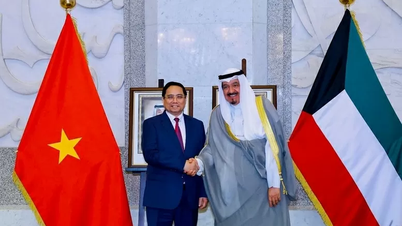
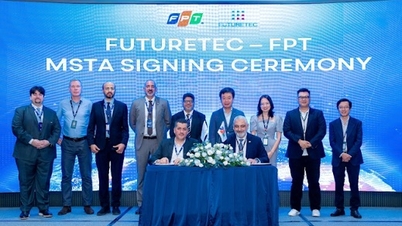

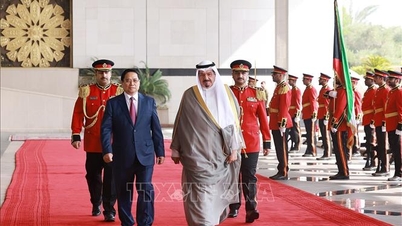

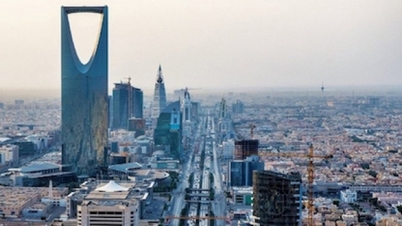
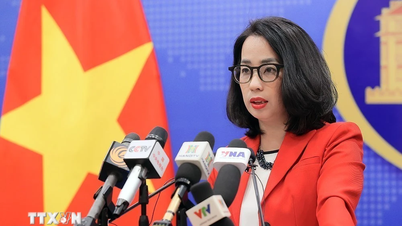

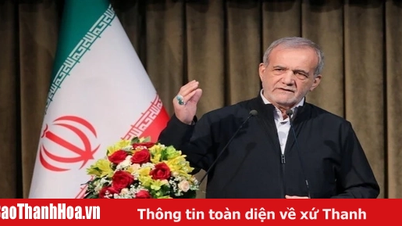

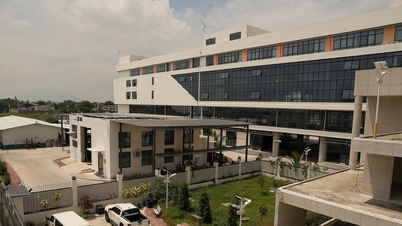

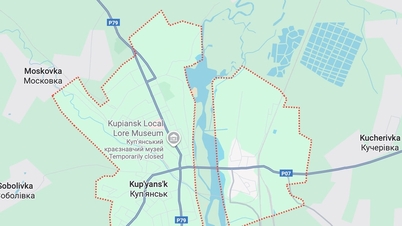
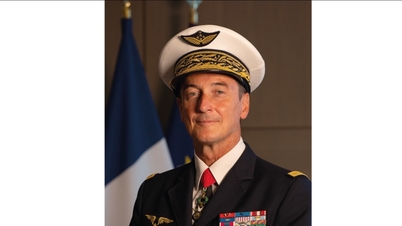
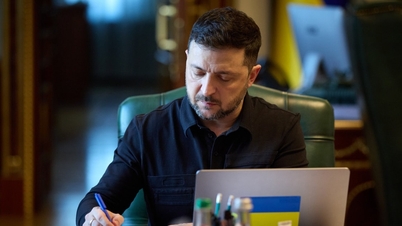
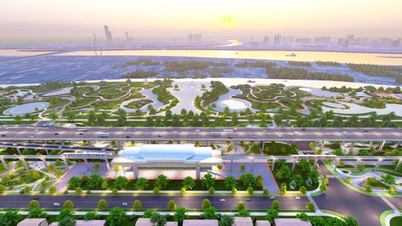


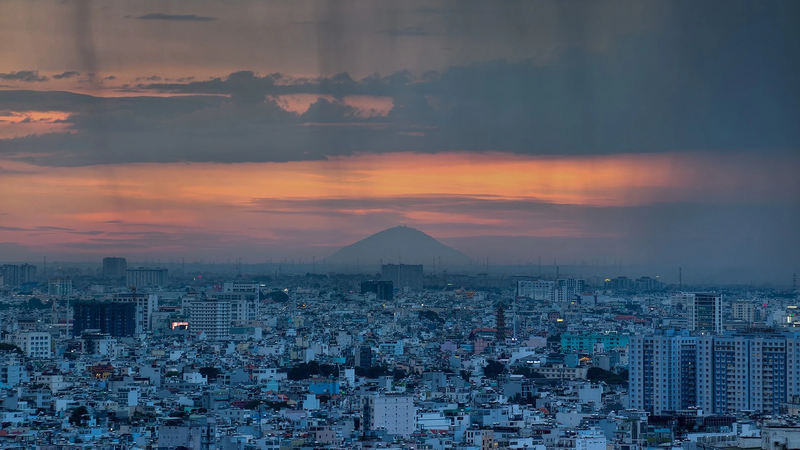
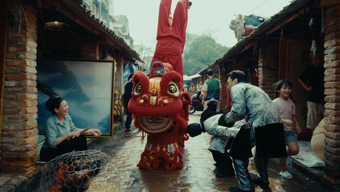

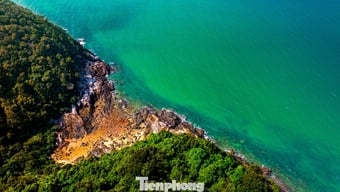
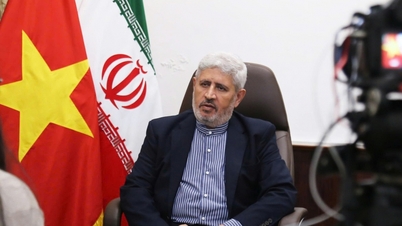
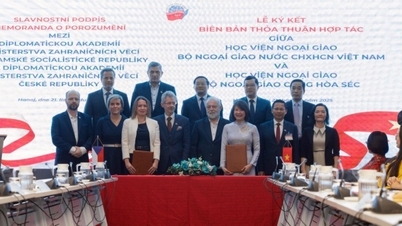
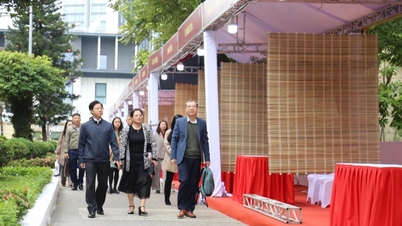
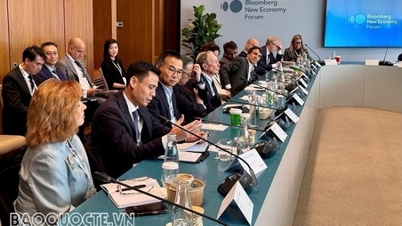
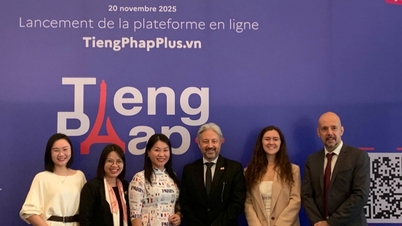
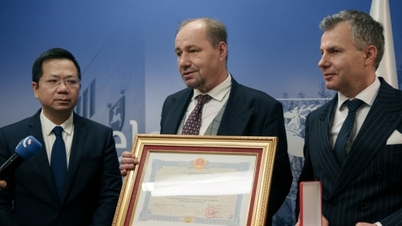




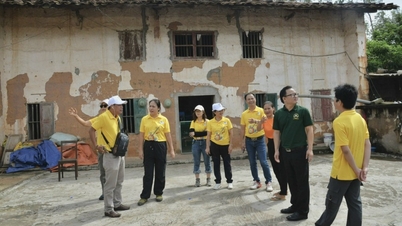



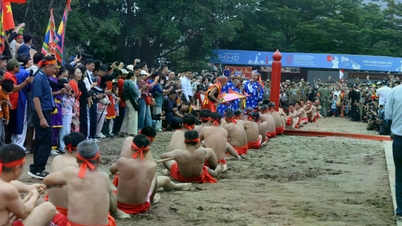

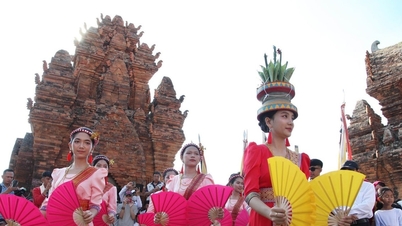

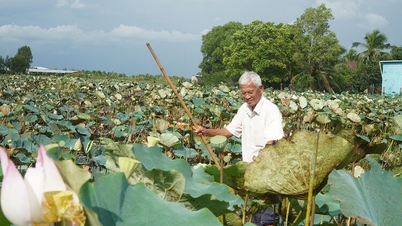

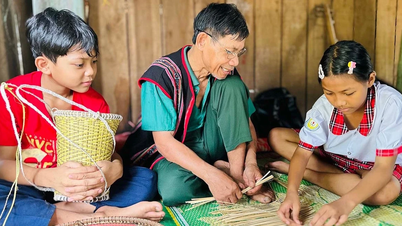

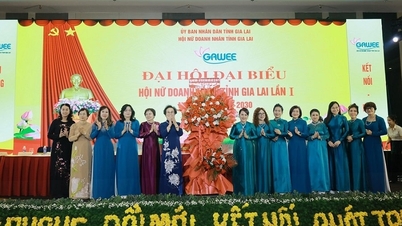
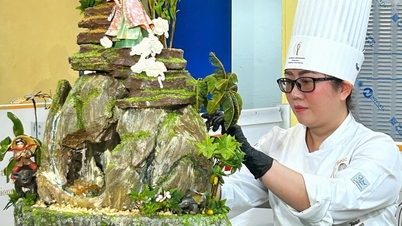



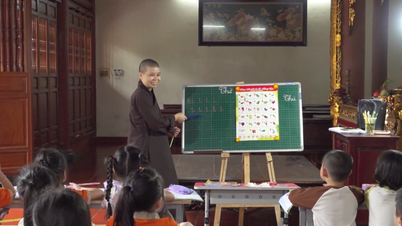
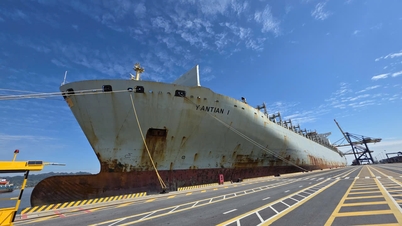




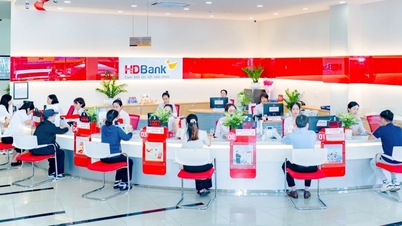




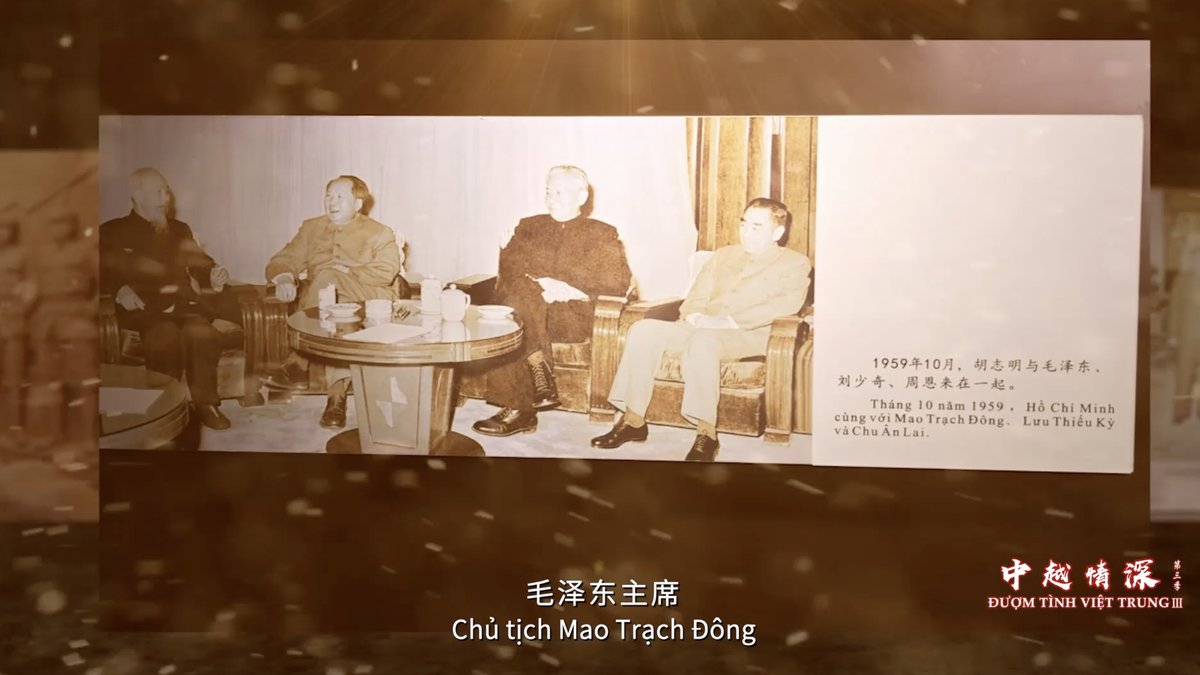
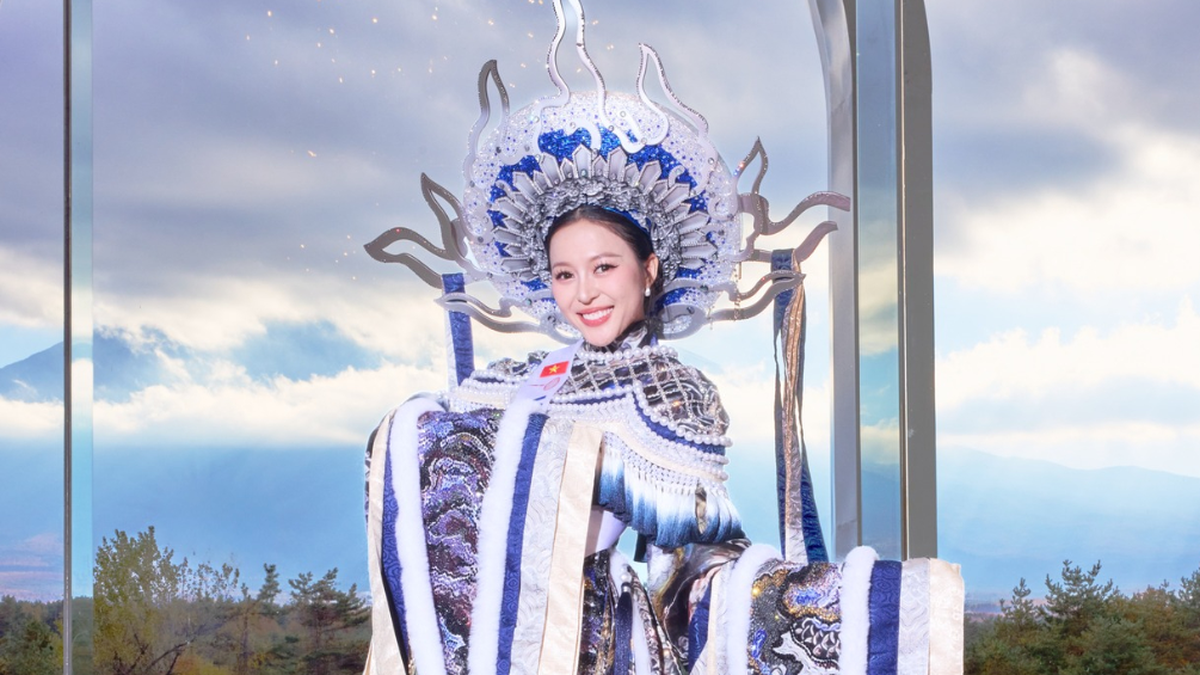
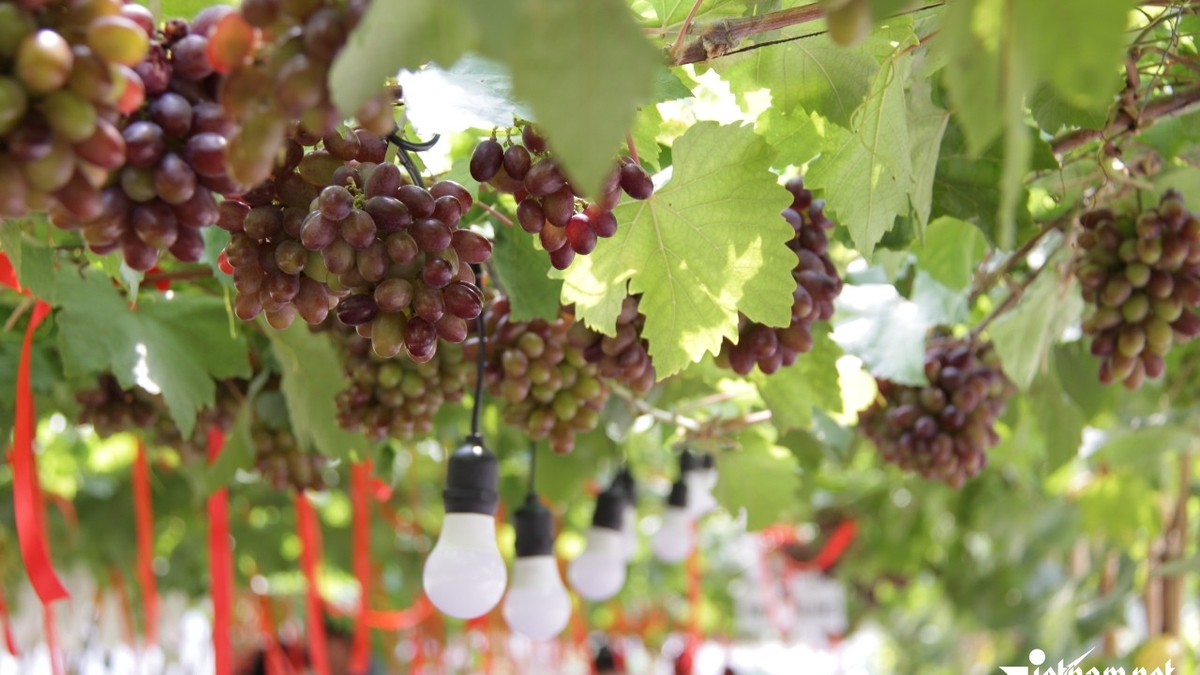
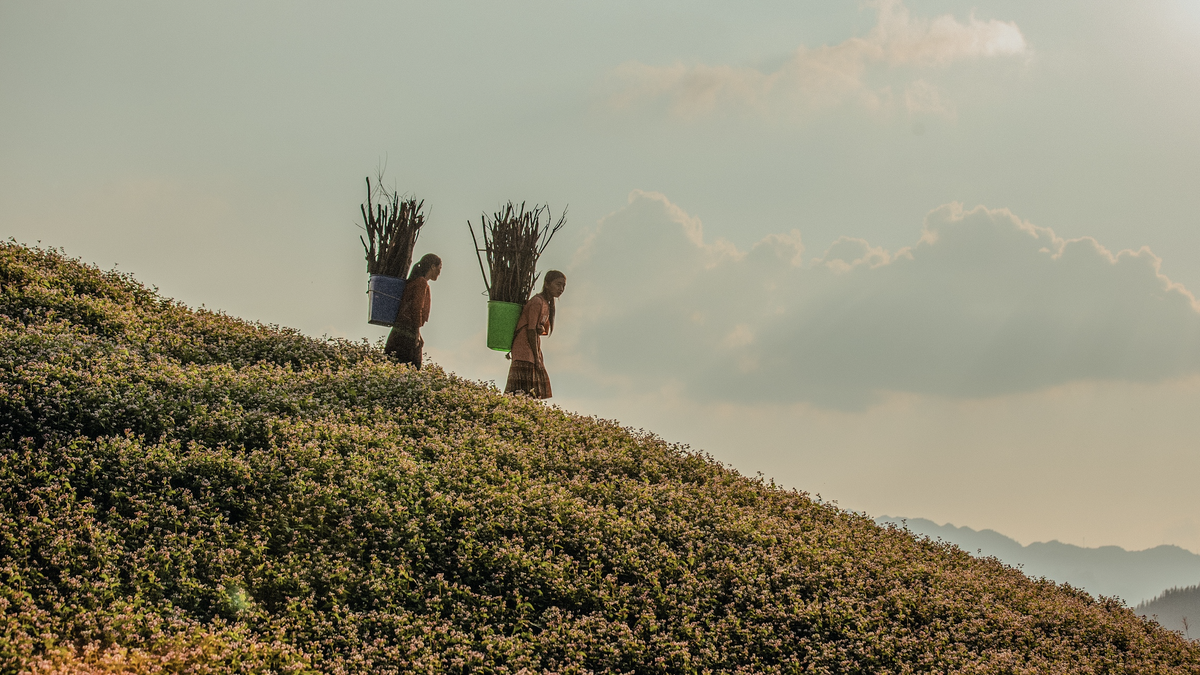

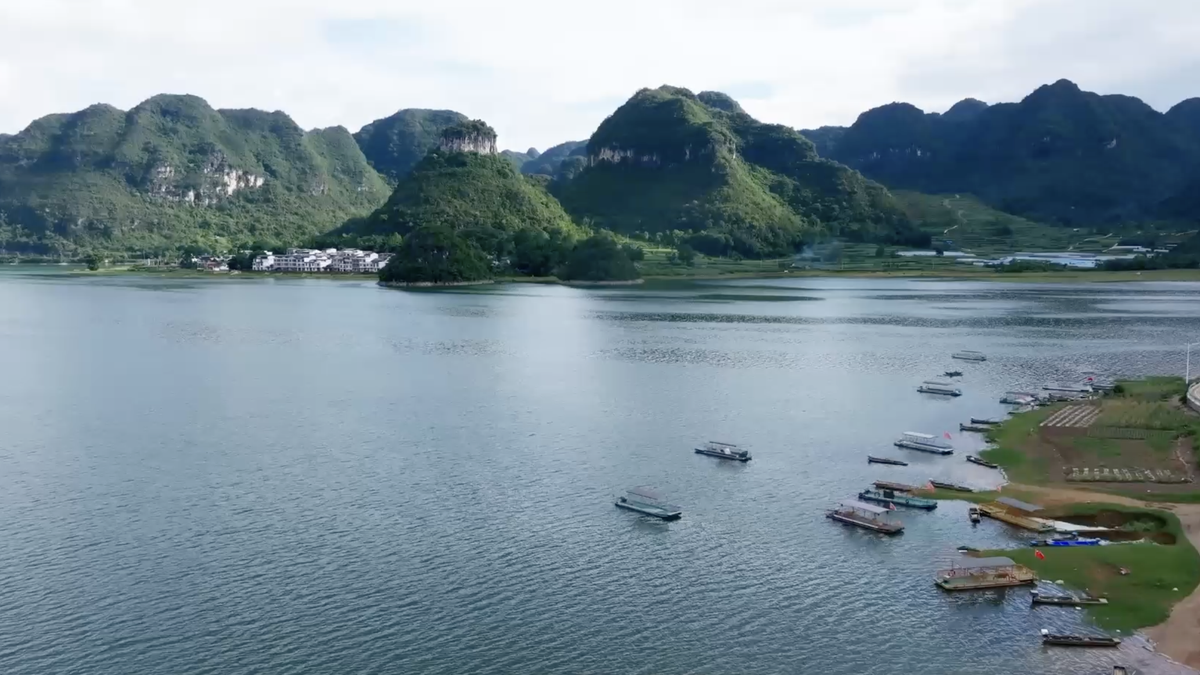
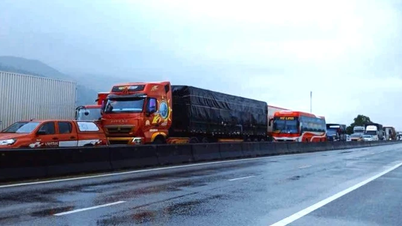


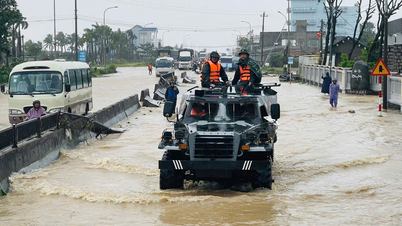
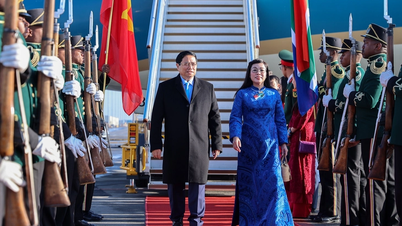
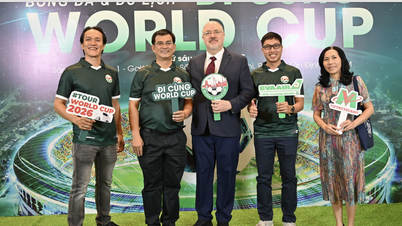
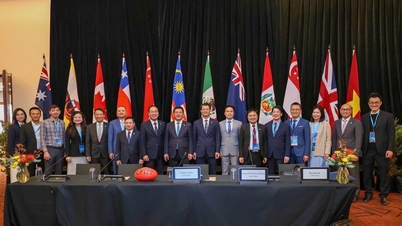
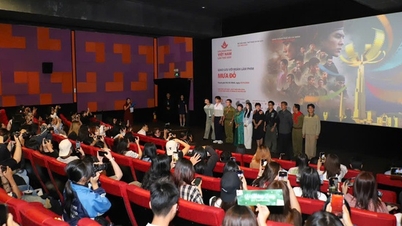

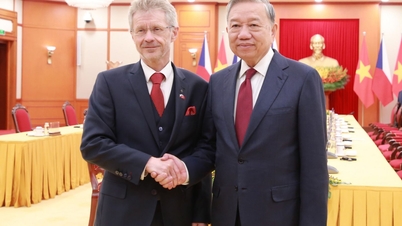

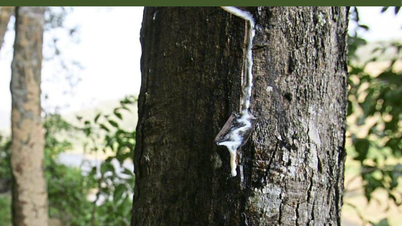


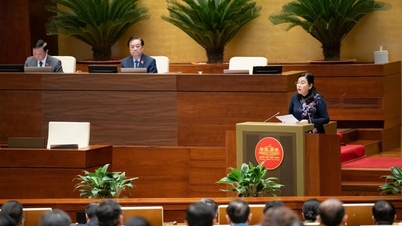
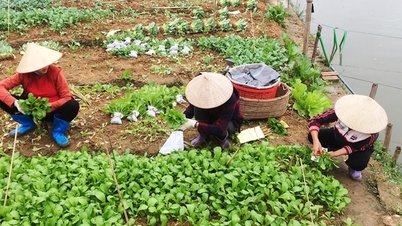
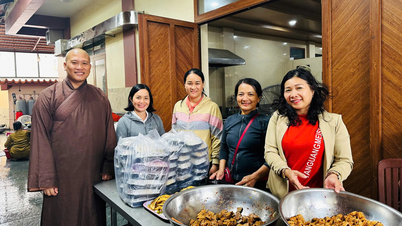

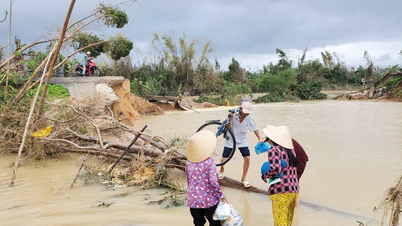

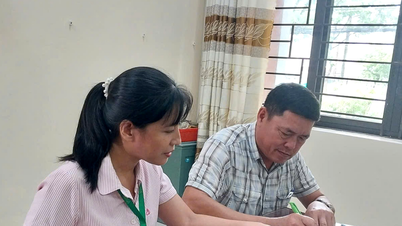

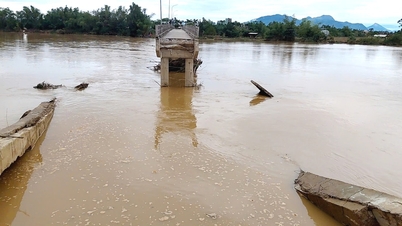
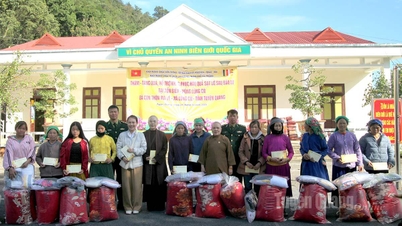

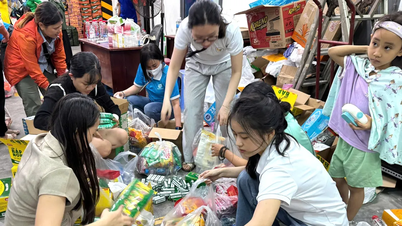
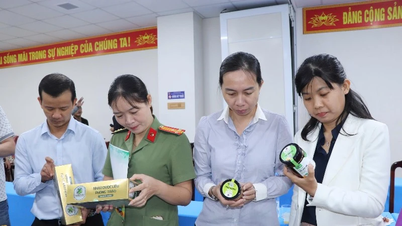



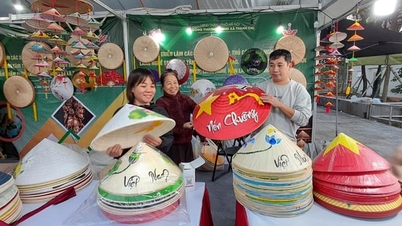

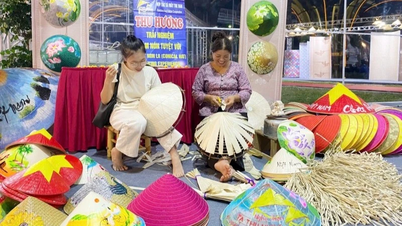
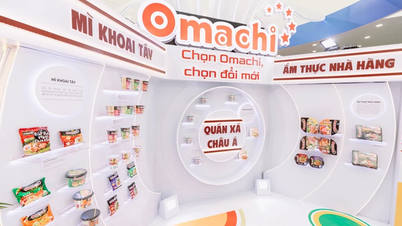




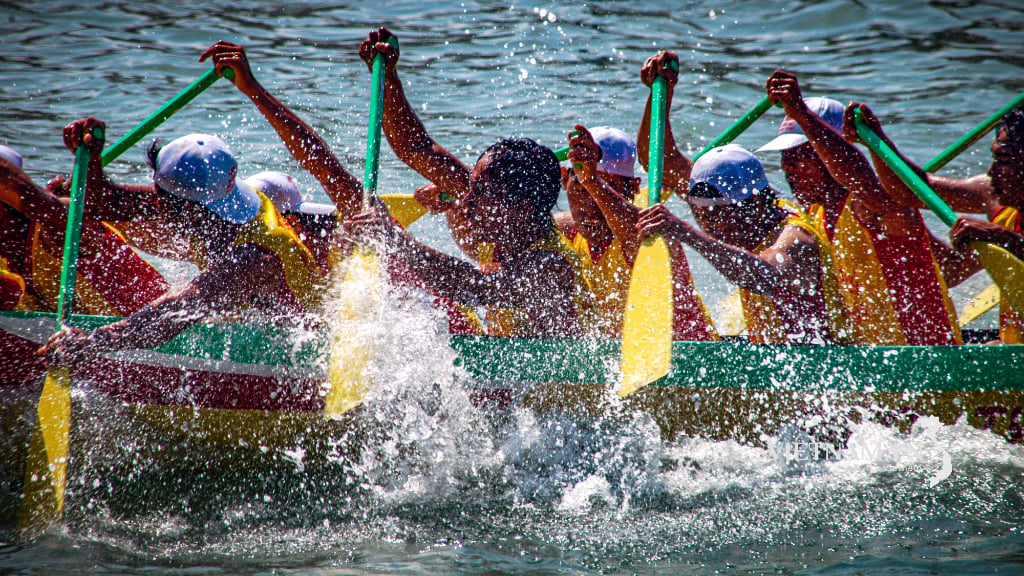
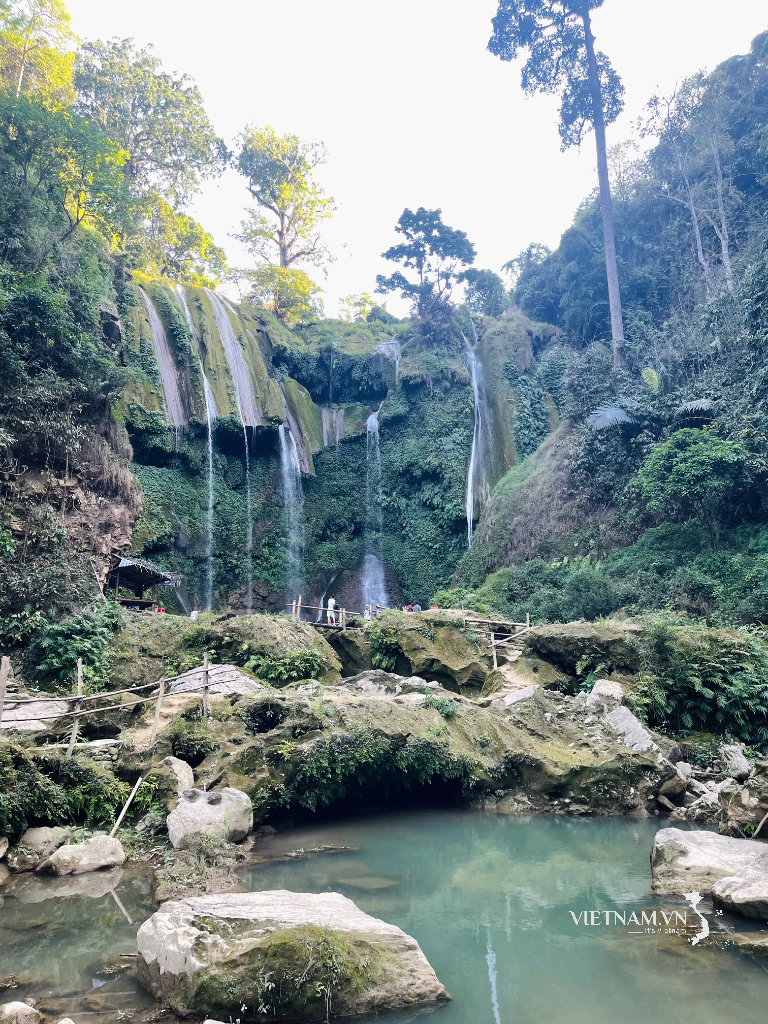

Comment (0)